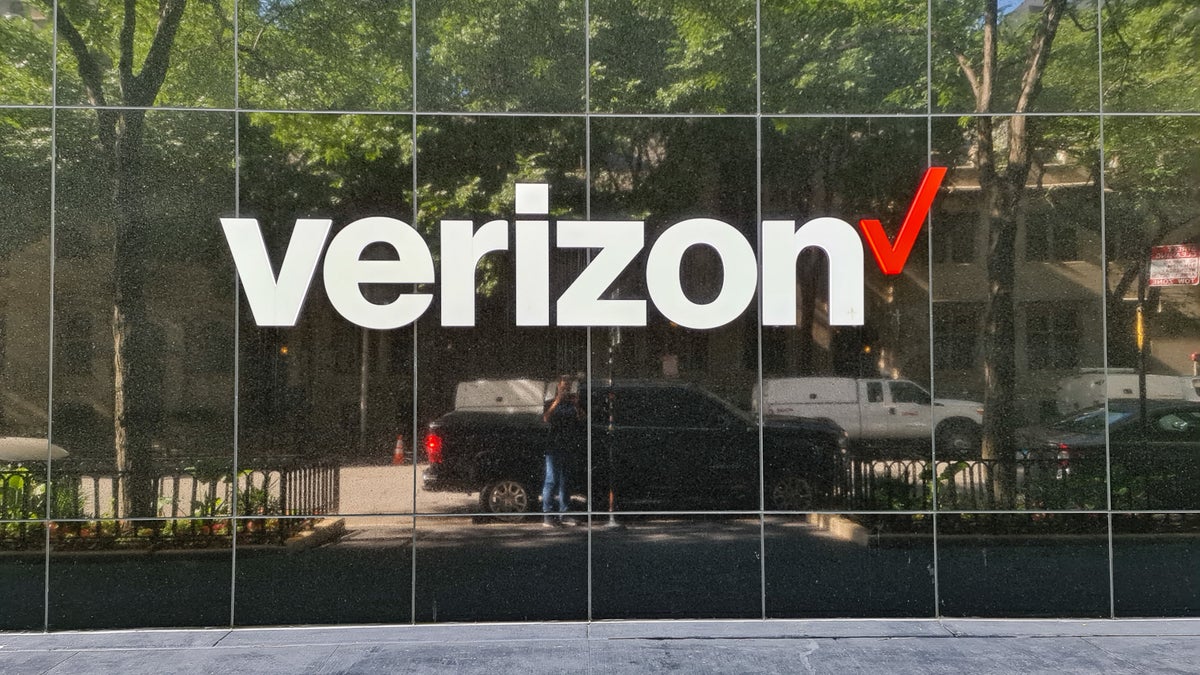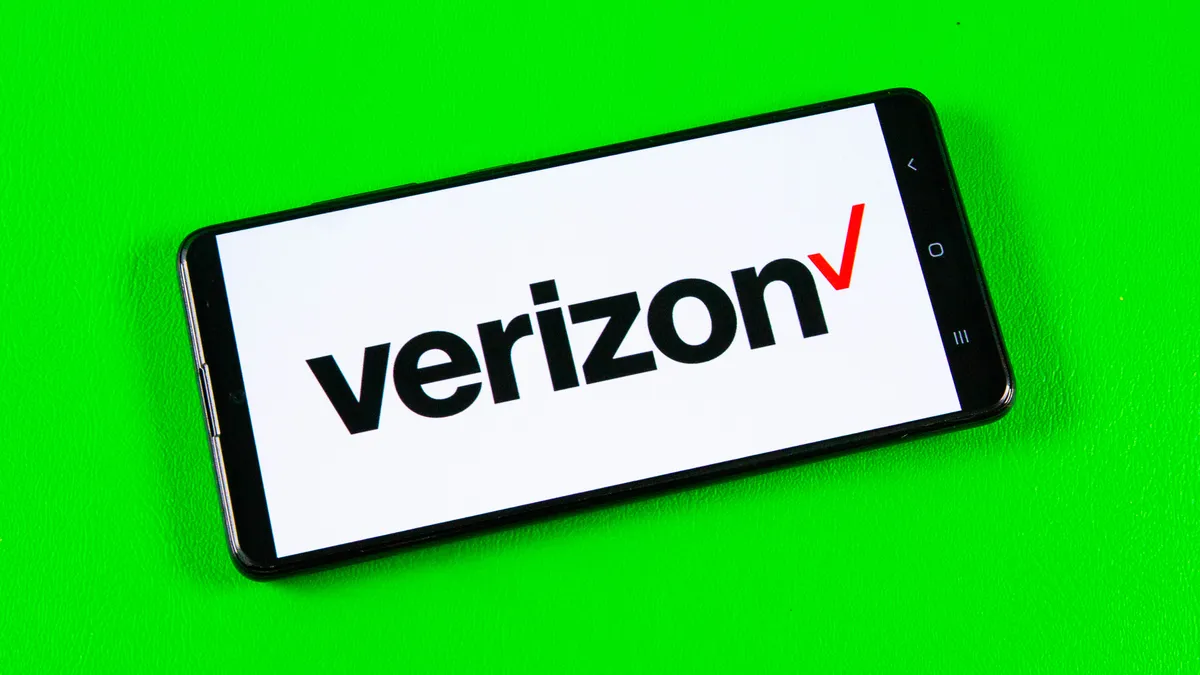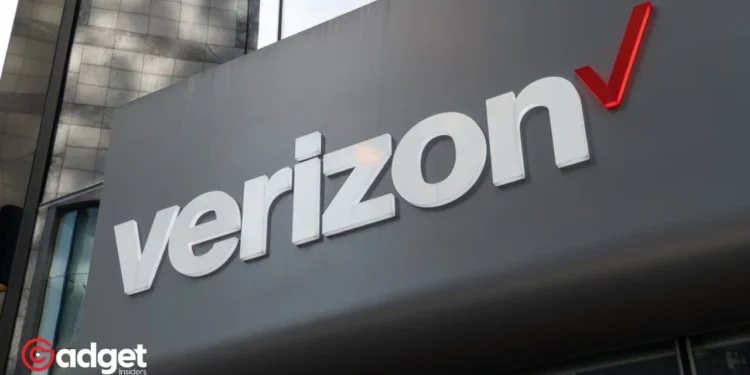In a move that has caught the attention of mobile subscribers nationwide, Verizon has recently overhauled its Auto Pay discount requirements, marking a significant shift in how customers can access monthly savings on their bills. This adjustment not only reflects Verizon’s evolving payment strategy but also signals a broader trend among US carriers towards more controlled and financially efficient billing practices.

The Evolution of Auto Pay Discounts
Traditionally, the allure of Auto Pay has been straightforward: sign up for automatic billing with a debit or credit card and enjoy a monthly discount on your service bill. It’s a win-win scenario that boosts customer satisfaction and ensures timely payments for carriers.
Until now, Verizon, affectionately known as Big Red, had adhered to this standard, requiring a debit or credit card for Auto Pay enrollment.
However, starting February 14, the telecom giant has pivoted to a new set of requirements for customers looking to take advantage of the Auto Pay discount. In a surprising twist, subscribers will now need to link either a bank account or the carrier’s own Verizon Visa Card to qualify for the savings.
i do verizon prepaid. $50 for 8gb of data, they had a promotion for adding 7gb for the life of my plan. then i get a $10 loyalty discount and $5 autopay discount. so, $35/month for 15gb of data and i never even come close to using even half of the data because i'm always on wifi
— Erin (@erinlindys) February 13, 2024
Navigating the New Landscape
Verizon’s updated Auto Pay support page, as highlighted by Droid-life, lays out the specifics of the new policy. To be eligible for the $10/month discount, customers must enroll in both Auto Pay and paper-free billing, using their bank account or Verizon Visa Card.
The discount kicks in from the next billing cycle following enrollment, promising continued savings for those who comply with the new guidelines. While the company has not publicly disclosed the rationale behind this sudden policy shift, speculation suggests it could be an effort to mitigate the transaction fees associated with credit card payments.
Regardless of the reasoning, the impact is clear: Verizon is steering customers toward payment methods that are potentially more cost-effective for the carrier.
What This Means for Verizon Customers
For existing and potential Verizon subscribers, this change means reassessing how they manage their bill payments. Those previously using credit or debit cards for Auto Pay will need to switch to the approved payment methods to maintain their discount.
It’s a minor inconvenience for some but represents a broader move towards optimizing financial transactions in the telecom industry.

Looking Ahead
Verizon’s adjustment to its Auto Pay requirements is more than just a policy change; it’s a reflection of the evolving dynamics in the telecommunications sector. As carriers seek to streamline operations and reduce costs, we can expect to see more shifts towards financially efficient practices that also encourage customer loyalty through discounts and incentives.
This move by Verizon could set a precedent for other carriers, prompting a reevaluation of payment and discount strategies across the board. As the landscape continues to change, staying informed and adaptable will be key for customers looking to maximize their benefits while navigating the complexities of modern telecom services.
Verizon’s new Auto Pay discount requirements signal a strategic shift in the carrier’s approach to billing and customer incentives. By adapting to these changes, subscribers can continue to enjoy savings on their monthly bills, albeit through a slightly altered process.
As the telecom industry moves forward, such adjustments highlight the ongoing evolution of financial and operational practices within the sector, underscoring the importance of flexibility and awareness in the digital age.










